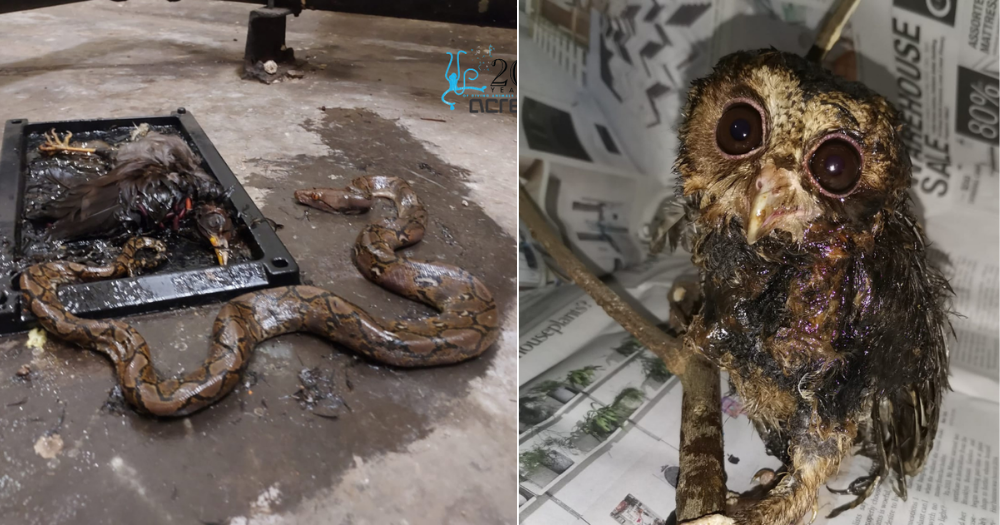Follow us on Telegram for the latest updates: https://t.me/mothershipsg
Glue traps are probably the cheapest and most fuss-free way to remove animals that have become disamenities to some.
It is still legal to use glue traps in Singapore, but should we use them?
Acres: Don't use glue traps
Posting a few photos of animals killed by glue traps, the Animal Concerns Research and Education Society (Acres) urged members of the public and pest control companies to look for more humane alternatives.
These photos show carcasses of a paradise tree snake, a python and an owl, just to name a few.
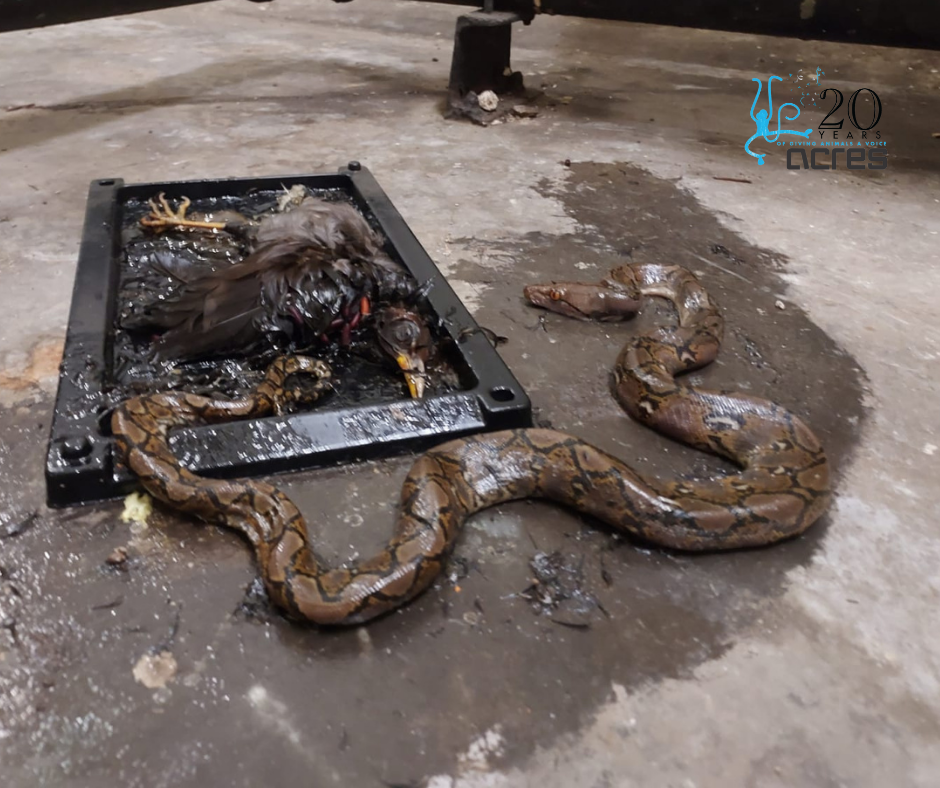
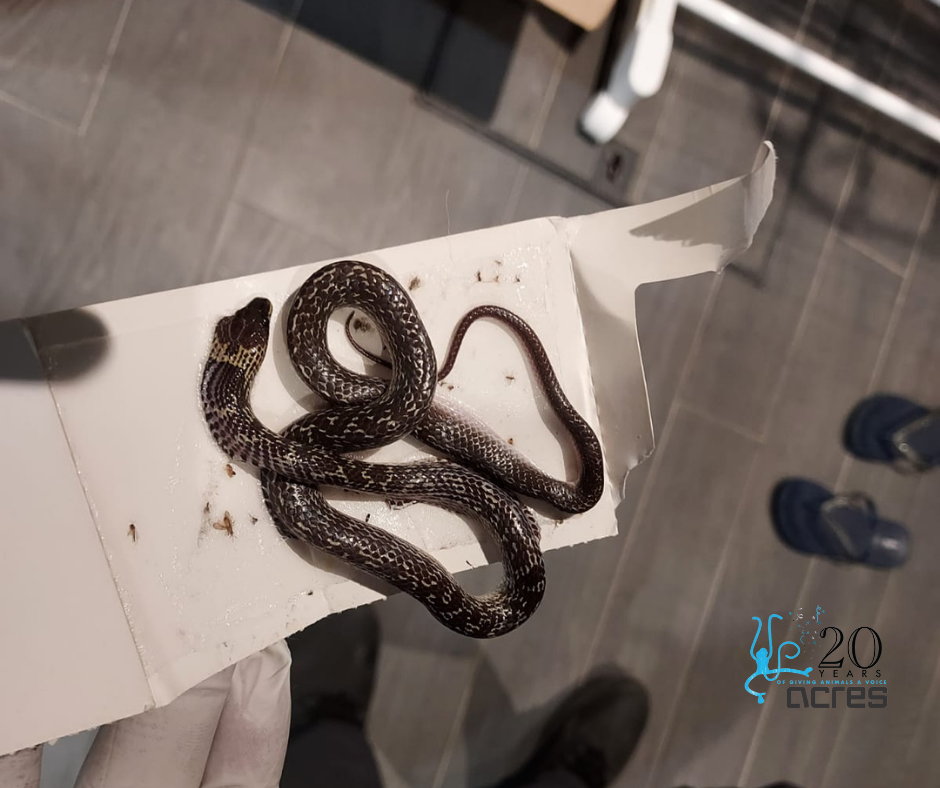
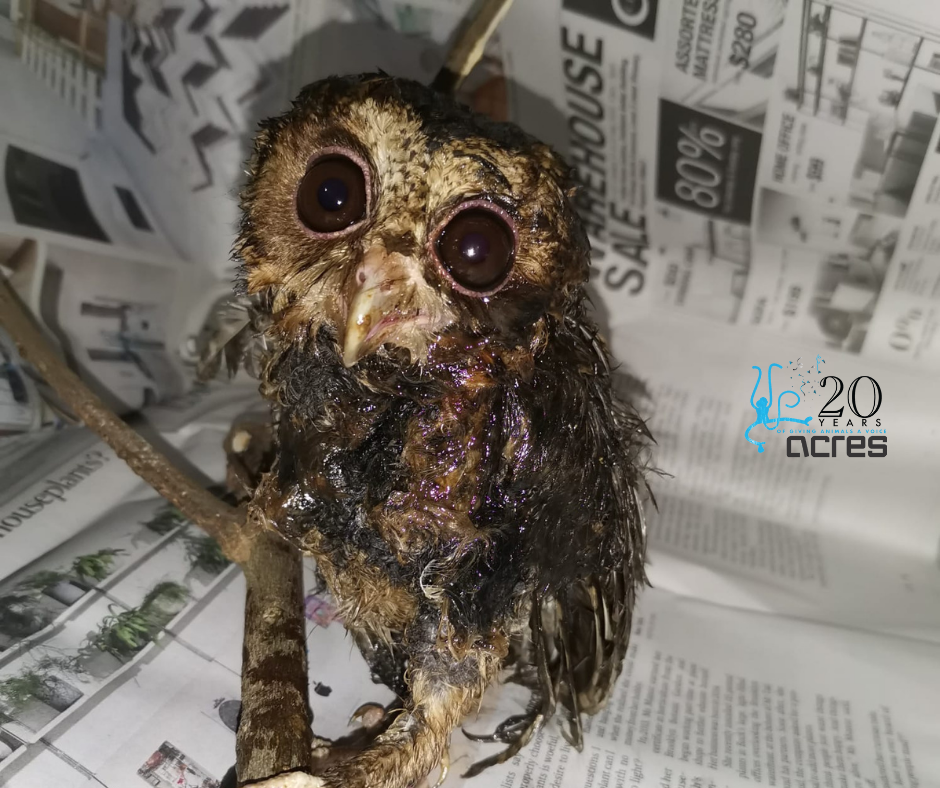
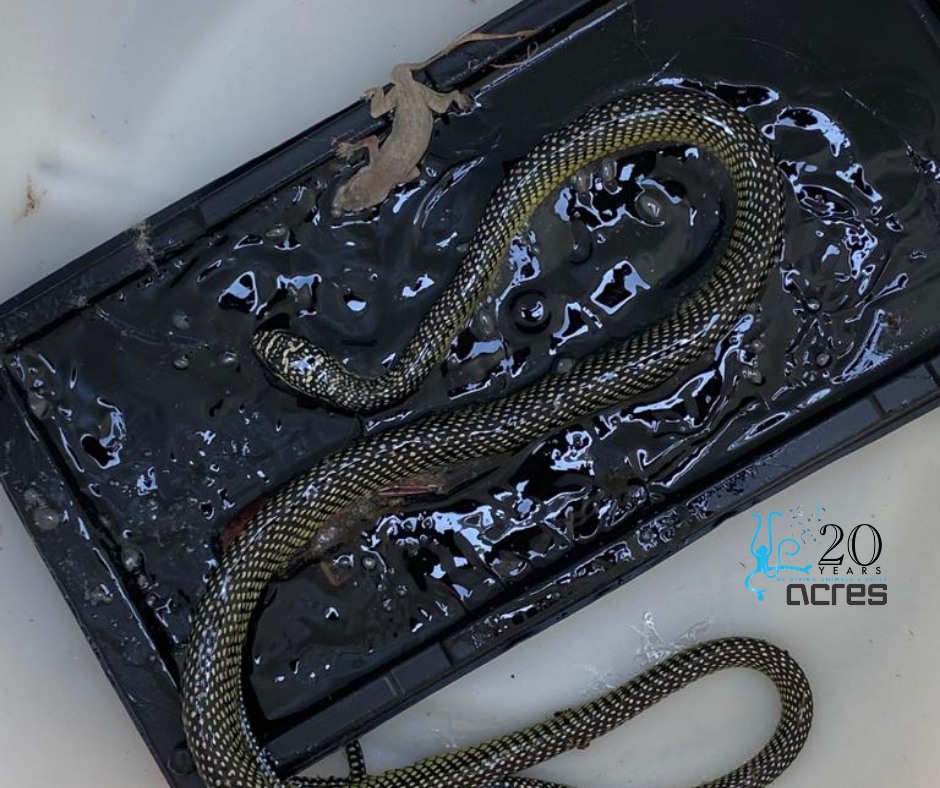
In their Facebook post, Acres highlighted that glue traps are indiscriminate, cruel and fail to tackle the root of the problem.
This is not the first time that an animal welfare group in Singapore has highlighted how problematic glue traps can be."In our right minds, we just cannot accept that #GlueTraps are the only means to resolve rodent population issue, at the same time go around the island relocating predators such as snakes who come for the rats. There is something fundamentally wrong with how we are managing these situations."
***WARNING: GRAPHIC IMAGES BELOW***
SPCA also called for a ban on glue traps before
The Society for the Prevention of Cruelty to Animals (SPCA) had called for a ban on glue traps almost a decade ago.
The appeal was made to the then-Agri-Food and Veterinary Authority of Singapore (AVA) after a community cat in Jurong suffered immensely after stepping into a glue-board trap.
In a response to the use of glue traps in Singapore, AVA (now part of the Animal & Veterinary Service) explained in 2019:"Glue traps are common and effective tools used worldwide to trap rodents, whose population needs to be controlled for hygiene and public health reasons."
There is also a set of guidelines for pest control companies to avoid trapping non-target animals.
For example, pest control companies should not use glue traps in open areas if they do not have a good justification to do so.
When glue traps are used in open areas, they should be covered to avoid trapping non-target animals.
All images by Acres
If you like what you read, follow us on Facebook, Instagram, Twitter and Telegram to get the latest updates.
